.jpg)
A trip to Vietnam to start the year: Top Destinations to Visit in January
- on Jan 15, 2025 By: Phuong Mai NGUYEN
A trip to Vietnam to start the year, why not? Start your year off right with a vibrant adventure in Vietnam as January offers a delightful blend of comfortable temperatures and festive celebrations across the country.
This article provides essential information for your trip to Vietnam in January, beginning with an overview of the country’s climate and weather, followed by a list of top destinations to visit and activities to engage in. Finally, you will find helpful advice to consider during your trip at the end of the article.
Climate and Weather in Vietnam in January
Due to its geography, Vietnam’s climate varies drastically between the three regions. While the North’s climate is characterized by high humidity and monsoons, those of the Center and South are less affected and benefit from a more temperate climate.
In January, North Vietnam experiences the peak of winter. The temperatures drop significantly, ranging between 10°C and 22°C. With occasional flows of northeast monsoons, which can cause severe cold spells and strong winds, the temperature can descend below the range mentioned, especially in mountainous regions, where it can fall under zero.
The temperature increases southward. In the south, as the rainy season has ended, the weather in January is pleasant with an average temperature of 26°C and low precipitation.
The weather in Central Vietnam is warm in January, with average temperatures around 23°C. The risk of rain and flooding remains minimal.
Overall, the weather conditions in January are relatively favorable for visits and excursions throughout Vietnam. Traveling to Vietnam in January promises an opportunity to discover a different side of this tropical country.
Best places to visit in Vietnam in January
Hanoi
The millennial capital of Vietnam can be visited year-round. Located in North Vietnam and affected by the Northeast monsoon, Hanoi, like any northern province, has a cold and dry winter. In January, though the average temperature of Hanoi varies from 15°C to 22°C, there are days when it drops to 10°C. The mild, sometimes breezy weather and low precipitation favor tourist activities. Coming to Hanoi in January, tourists can visit the capital’s landmarks, such as the Hoan Kiem Lake, Hanoi Old Quarter, Temple of Literature, and Ho Chi Minh Mausoleum… without having to worry about the weather being too hot or sudden showers.
Other than exploring the local cultures and traditions, this is also the time of year when you can delve into the festive atmosphere as the Vietnamese Lunar New Year approaches. Make your way to Hang Ma Street in the heart of the Old Quarter, where the enchanting spirit of the traditional Tet comes alive. As you stroll through this vibrant avenue, you'll be captivated by the dazzling array of Tet ornaments that adorn every corner, transforming the street into a breathtaking festive wonderland. The air is filled with joy and excitement, making it the perfect place to immerse yourself in the holiday magic.
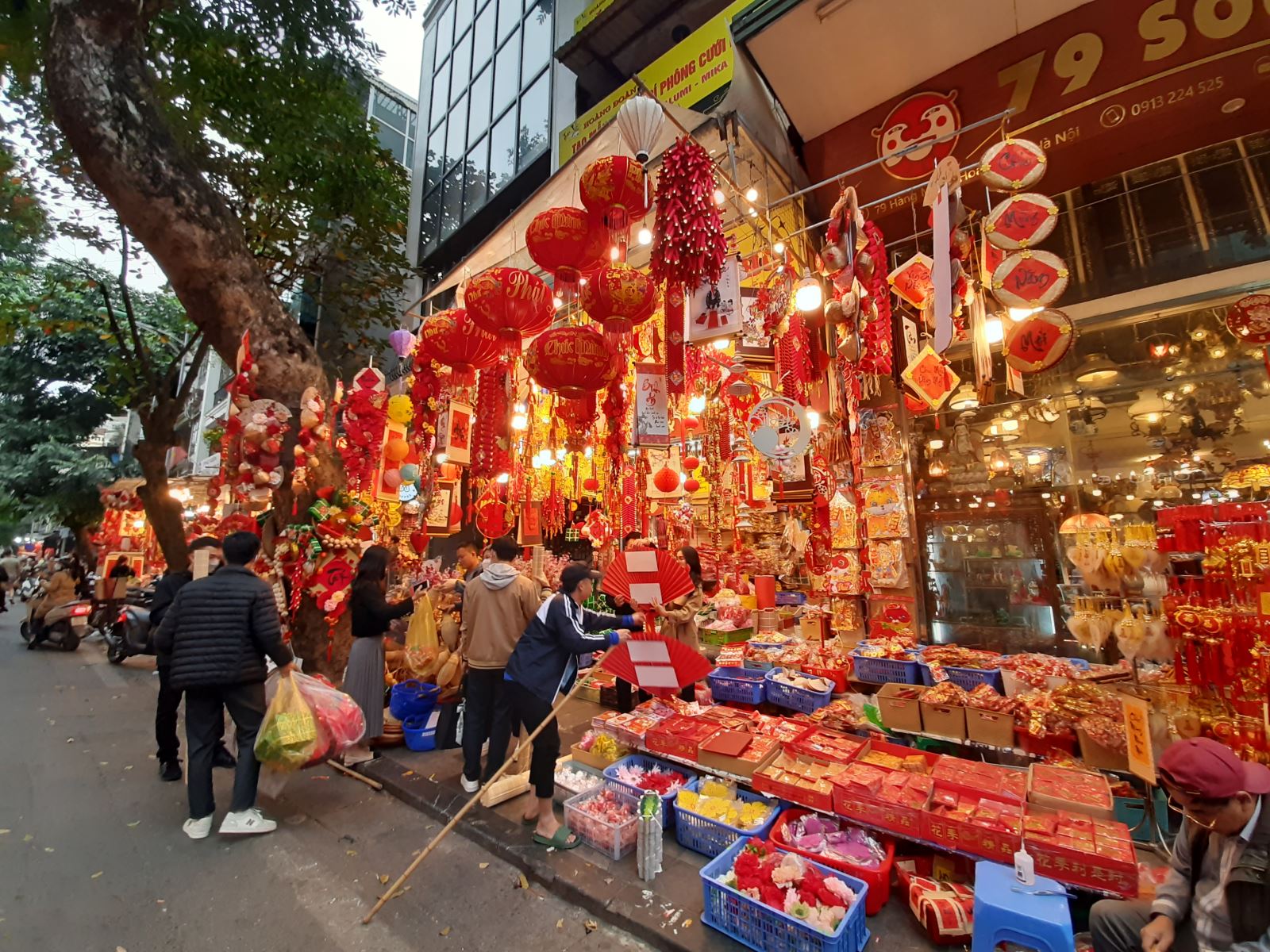
>> Read more: Top 12+ best things to do in Hanoi
Be sure to try some of Hanoi’s culinary staples that complement the season. Besides Pho, Banh mi, or Bun Cha, give pan-fried Chung cake, Bánh đúc nóng (Vietnamese savory rice pudding), and Cháo sườn (Pork rib porridge) a try. For dessert, try Chè nóng (Hot sweet soup) and Bánh rán (Vietnamese donut). If you prefer a chilly dessert, opt for Trang Tien ice cream or Thuy Ta ice cream. These are two famous local ice cream brands with long histories in Hanoi, located near Hoan Kiem Lake.
>> Read more: Top Hanoi Must-Try Dishes and Best Places to Eat in Hanoi Old Quarter
Sapa
Sapa is the coldest region in Vietnam in January. Situated in a mountainous region in Northwest Vietnam, Sapa’s average temperature in January is 10°C, and there are possibilities of snowfall when the temperature drops lower. For those who love winterscapes and want to see snow in a tropical country (which is unusual), Sapa is the right place to go.
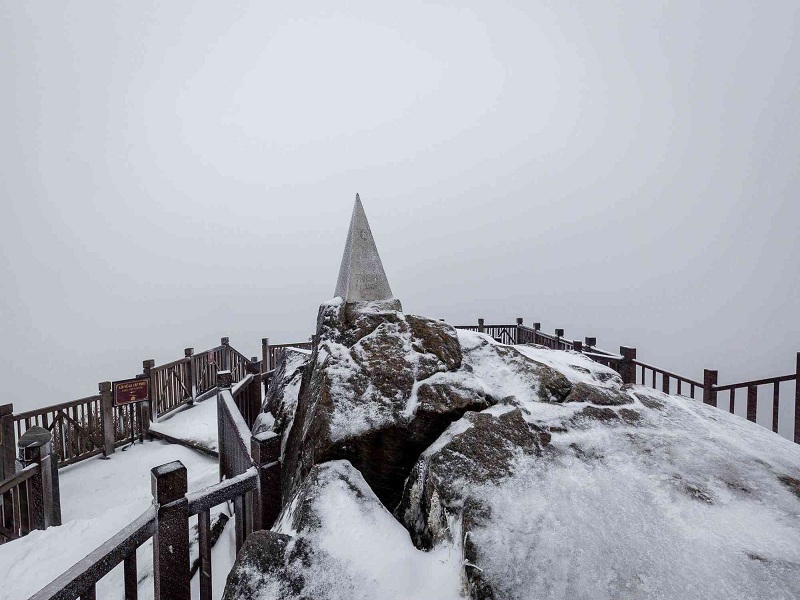
Visiting Sapa in January, despite the cold, visitors can still conquer Fansipan Mountain, known as the roof of Indochina. This mountain is where you are most likely to see snow. January is also the time when the peach, plum, and apricot blossoms are in full bloom, covering their pristine colors over every village, hill, and mountain of Sapa, adding a mesmerizing touch to the winter landscape of the misty land.
Other than wonderful winter sceneries, January is a great time for visitors to explore local cultures through traditional New Year festivals. Villages such as Lao Chai, Ta Van, Ta Phin, Y Linh Ho, and Sin Chai are great destinations to delve into the festive atmosphere of different ethnic minorities.
>> Read more: What to do in Sapa in 2 or 3 days?
Make sure you don’t miss out on Sapa’s culinary specialties. The must-try dishes definitely are Com Lam (bamboo tube rice), Xoi Ngu Sac (five-color sticky rice), salmon hotpot, smoked buffalo, and Thang Co (horse meat hot pot). Thang Co is a traditional dish of the H’mong ethnic group and should be a “hard-core” experience for many tourists, but we recommend you try it either way since a trip to Sapa would not be complete without having a taste of this specialty.
Overall, Sapa can be visited in January. Despite the bitter cold weather and occasional drizzle, tourists can still be able to enjoy Sapa’s must-visit sites, including Fansipan Mountain, Muong Hoa Valley, Thac Bac Waterfall, and ethnic villages. However, for those who can not stand cold weather or have health issues, consider planning your trip to Sapa for another time of the year.
Ha Long Bay
January is a good time to visit Ha Long Bay, owing to the mild temperatures and dry weather. Ha Long’s average temperature in January ranges from 14°C to 20°C, and the average sea temperature is 21°C. January is the driest month of the year in Ha Long, with an average of 15-18 mm of rain throughout the month, which does not significantly hinder outdoor activities.
Though surrounded by fog in the early morning, Ha Long Bay is still worth visiting in January. As a matter of fact, this veil of fog gives the UNESCO-listed World Heritage site a mythical and serene beauty that can not be found at any other time of the year. This is the perfect time of the year for visitors to enjoy their time on a Ha Long Bay cruise, admiring the stunning seascape of limestone formations rising above the waters while receiving top-notch services, without worrying about sunburn and bad weather.
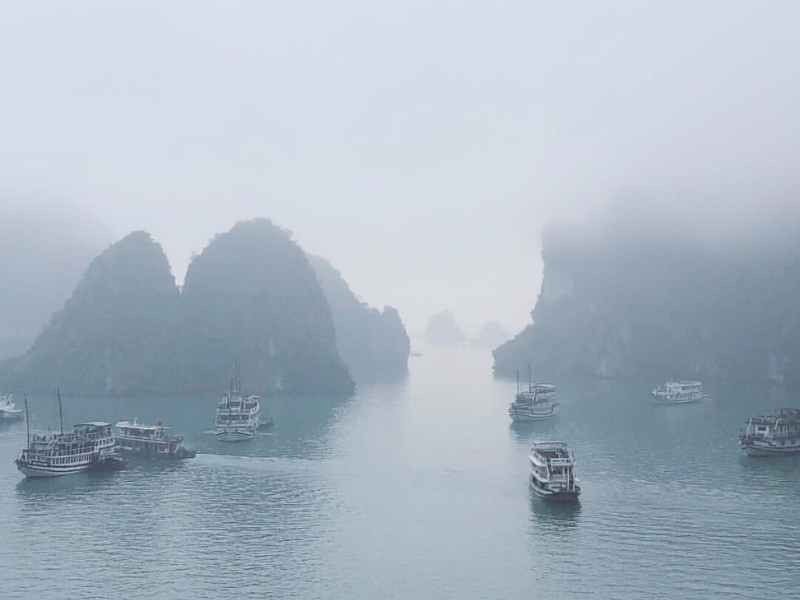
As the average sea temperature is 21°C, swimming is doable, especially for tourists from Western countries. However, kayaking and mountain climbing may be canceled if heavy fog occurs. Tourists can still engage in exploring fascinating must-visit caves of Ha Long, including Sung Sot Cave, Thien Cung Cave, and Dau Go Cave; or visit the Cua Van Floating Village to discover its rustic charm and gain insights into its culture through interactions with the locals.
Other than delicious dishes prepared on the cruise, visitors should definitely not miss the fresh seafood caught right from the sea or sample some local staples, such as Chả mực (Halong squid cake), Bánh gật gù (nodding cake), and, for dessert, Halong pearl yogurt!
Da Nang
According to Agoda, a well-known online travel platform, Da Nang ranks as one of the top five most searched destinations in Vietnam for travel during the New Year. Indeed, Da Nang is a perfect destination for a New Year's trip, for January marks the end of the rainy season and the beginning of the dry season, resulting in warm and humid weather. The pleasant temperature, around 19°C on average, and low precipitation, around 100 mm throughout the month, favor outdoor activities.
With optimal weather conditions, ideas for tourist activities in Da Nang in January are limitless. Visitors can head to the city’s major attractions, including Marble Mountains, Linh Ung Pagoda, Son Tra Mountain, and Dragon Bridge... For those seeking to deepen their understanding of the rich tapestry of culture, a visit to the Da Nang Museum offers a captivating glimpse into the city’s vibrant history. Alternatively, the Museum of Cham Sculpture invites you to marvel at extraordinary ancient artifacts, each echoing the ingenuity and artistry of a bygone era. From Da Nang, visitors can embark on a brief day trip to nearby destinations like Hue and Hoi An, both famous for their rich cultural heritage.
>> Read more: What to do and see in 1 or 2 days in Da Nang?
With an average sea temperature of 23.3°C, visitors can plunge into the clear waters of the famous My Khe Beach, ranked as the 6th best beach in Asia by Tripadvisor’s 2024 Traveler’s Choice Awards. Whether you're seeking thrilling aquatic sports or simply want to unwind on the soft, velvety shore, the stunning My Khe Beach promises an unforgettable experience. Other than My Khe, visitors can also go to Non Nuoc Beach, Phuoc My Beach, and Man Thai Beach to relax and take in the beauty of this coastal paradise.
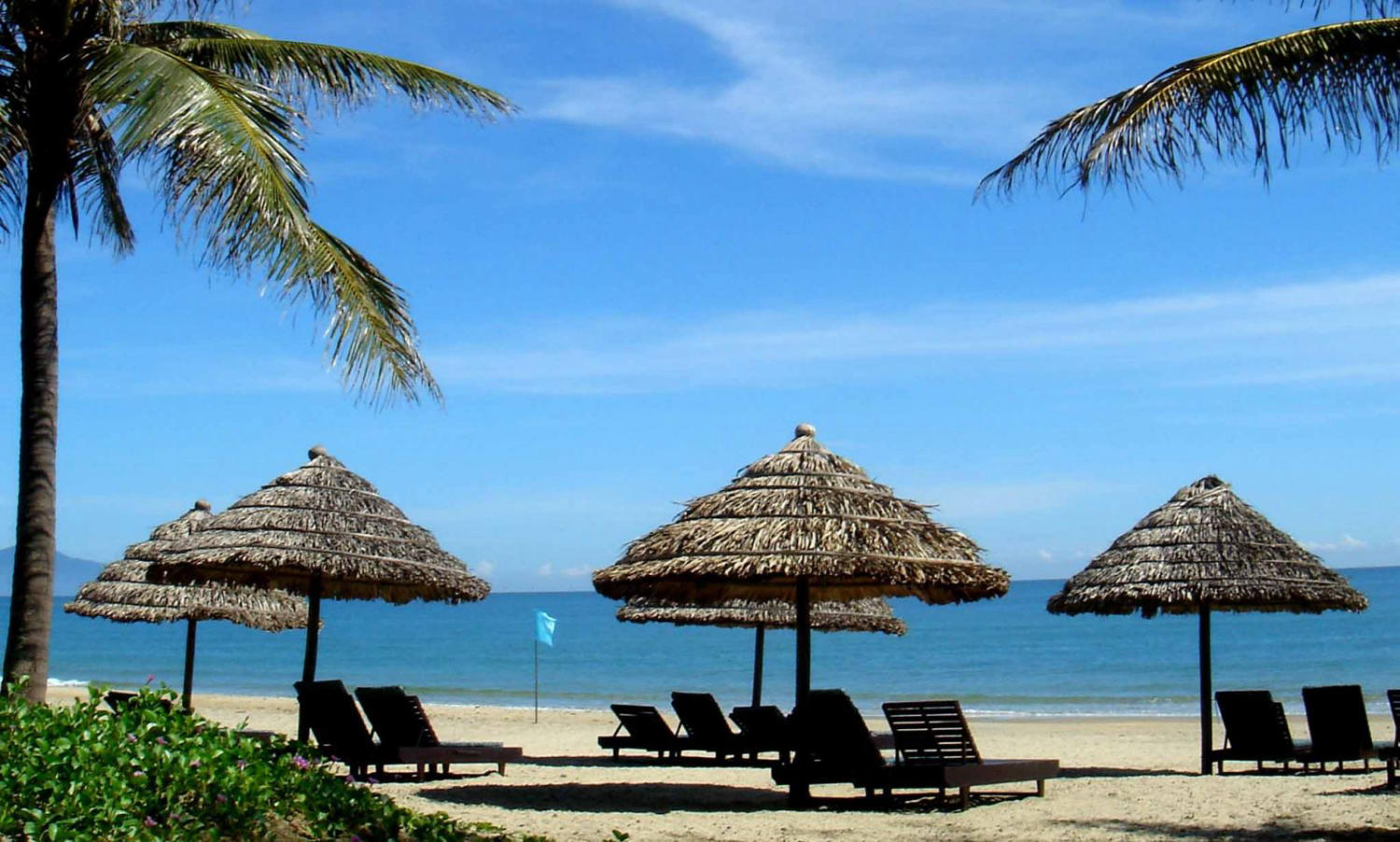
Da Nang’s culinary delights are also among the must-try experiences. Besides a wide range of fresh seafood, some of the must-try dishes of Da Nang are Mì Quảng (Quang Noodles), Bún mắm nêm (a dish that combines rice vermicelli noodles, fermented anchovy sauce, and other ingredients), Bánh tráng cuốn thịt heo (sliced pork rolled with rice paper), and, to conclude the feast, avocado ice cream.
Hoi An
For many foreign visitors, Hoi An is a must-visit destination in Vietnam. In January, Hoi An beckons visitors to an unforgettable adventure. Favorable weather conditions, with temperature ranges between 18°C and 23°C and minimal rainfall, allow tourists to explore the city to the fullest, making January one of the best months to visit Hoi An.
The mild and dry weather makes sightseeing in the Hoi An Ancient Town a more comfortable experience. Once a busy commerce port connecting merchants from around the world, Hoi An is an ideal hub for those seeking fascinating cultural blends. While wandering amidst the distinctive yellow houses in this UNESCO Heritage Site, don’t miss a visit to the Japanese Covered Bridge, also known as Chùa Cầu (Cau Pagoda), a national cultural and historical monument and one of the most iconic landmarks in Hoi An. The Tan Ky Old House is also a must-visit spot. Built without a single nail in 1741 and regarded as a living museum, this old house reflects a brilliant fusion of Japanese, Chinese, and Vietnamese architecture while also preserving Hoi An's cultural, artistic, and historical values.
For visitors who want to ask for blessings for the New Year, there are many temples and pagodas to visit when traveling to Hoi An in January, including the Cau Pagoda, Quan Cong Temple, Ba Mu Temple, and Phuc Kien Pagoda, also known as Fujian Assembly Hall. Each of these temples and pagodas is unique in architecture, story, and practice, yet all project the beautiful blend of Hoi An’s history and culture.
While exploring the Ancient Town of Hoi An in January, don’t miss out on fascinating activities such as cruising on the Thu Bon River, cycling through the streets, and participating in folk games. Another activity that is highly recommended for tourists to Hoi An is releasing lanterns on the Hoai River. The event takes place on the 1st, 14th, and 15th days of each lunar month, and you can easily buy the lanterns for 5,000 to 10,000 VND each along the riverbanks. You can either choose to release them from the banks or a small boat. A boat ride generally ranges from 150,000 to 200,000 VND, accommodating 3 to 4 guests and operating from 4 pm to 9:30 pm. Another fascinating event that also takes place on the 15th day of the lunar month is the Hoi An Lantern Festival. This is a tradition dating back to the 16th century when Hoi An was a bustling merchant port. During the event, which is from 5 pm to 10 pm, vehicles are banned from the ancient town, and all the electric lights are turned off, letting the light from thousands of colorful lanterns illuminate the entire old town. Make sure you don’t miss the occasion!
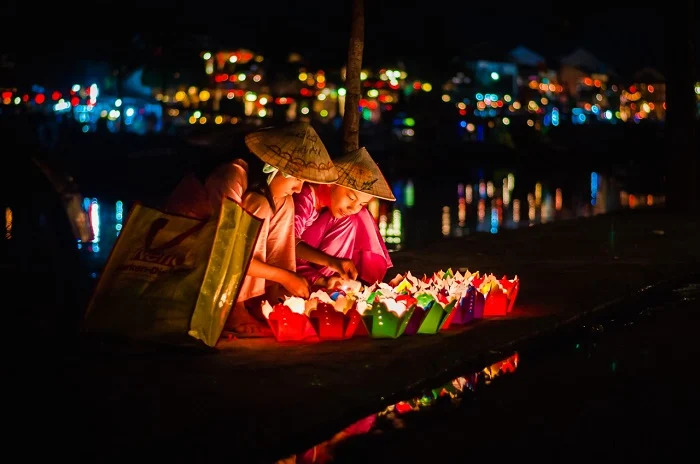
January is when many festivities are held in Hoi An, as the traditional Lunar New Year approaches. Tourists visiting Hoi An on the Tet holiday can attend the stunning New Year fireworks display and street performances, taking place on Lunar New Year’s Eve. For the best view, we recommend the banks of the Thu Bon River. Among the highlights of this period are the Tet Markets. These local traditional Tet markets, beautifully decorated in the Tet concept and embodying the true spirit of Hoi An’s Tet, promise an unforgettable immersion in the culture and festive atmosphere. The products are varied, from fresh flowers, Tet ornament plants, traditional Tet treats, and decorations to local crafts and specialties. Some of the best markets to go to are Hoi An Market, located on Tran Phu Street, and the Hoi An Night Market on Nguyen Hoang Street.
>> Read more: Hoi An of Vietnam: Top 10 things to do in Hoi An
Regarding culinary, the must-try staples of Hoi An should be: Bánh mì, Cao lầu (Hoi An’s signature noodle dish), Mì Quảng or Quang Noodles (recognized as National heritage in 2024), Hoi An chicken rice, and Nước Mót (an herbal tea that is very popular among tourists to Hoi An)!
Ho Chi Minh City
January is a great time to visit Ho Chi Minh City, the largest metropolis in Vietnam, a city that perfectly embodies the harmonious blend of tradition and modernity. Visitors coming to Ho Chi Minh City in January will benefit from dry and warm weather with average temperatures ranging from 21°C to 32°C. Outdoor activities, such as sightseeing, can be enjoyed without worries about sudden showers due to the low rainfall of only 6.8 mm throughout the month, as January is the dry season in southern Vietnam.
Must-visit landmarks in Ho Chi Minh include the Independence Palace, Saigon Central Post Office, and the Notre Dame Cathedral. To get to the heart of the daily life of local residents, visitors can go to the city’s vibrant markets, such as Ben Thanh Market and Binh Tay Market. Located in District 1, Ben Thanh Market is one of the iconic landmarks of Ho Chi Minh City. This is where you can find a variety of products, from clothing and spices to handicrafts for souvenirs and street food. Binh Tay Market, located in Cho Lon (Ho Chi Minh City’s Chinatown), District 6, is a lively hub of commerce and culture. Dating back to the late 19th century, the market serves as a vital trading hub for Chinese merchants and the Vietnamese population. At Binh Tay Market, you will find fresh produce, spices, textiles, handicrafts, and an enriched cultural experience. After a long day of explorations, Nguyen Hue Street and Bui Vien Street are places to head to, both popular for their upbeat nightlife rhythms.
>> Read more: Top 10 things to do in Ho Chi Minh City
With the approaching of the Lunar New Year, Ho Chi Minh City celebrates with many festivals and cultural events. If you are in Ho Chi Minh City during Tet, visit Pham Ngoc Thach Street, also known as “the street of Ong Do," to witness a meaningful Vietnamese custom: locals asking traditional calligraphers for calligraphies written on red paper, bearing wishes for the new year. Don’t hesitate to ask for one for yourself; it will be a good souvenir or a lovely house decoration that reminds you of Tet in Vietnam and the Vietnamese culture. Additionally, be sure to experience the annual Spring Flower Festival, showcasing beautiful flower arrangements, sculptures, and designs crafted from various flowers and plants. The festival typically takes place on Nguyen Hue Street or at Tao Dan Park, depending on the year. In 2025, the Spring Flower Festival in Ho Chi Minh City will begin at Tao Dan Park on January 24.
From Ho Chi Minh City, tourists can embark on short day trips to nearby attractions, such as theCu Chi Tunnels and the Mekong Delta. For history buffs, besides the War Remnants Museum in District 3, the famous Cu Chi Tunnels, located 1.5 hours' drive away from the city center, promise an unforgettable experience, as tourists can explore the system of narrow tunnels and learn about the resilience of the Vietnamese people during the war. On the other hand, a visit to the Mekong Delta guarantees a unique immersion in culture.
During your visit to Ho Chi Minh City in January, make sure to explore the city’s cuisine. Some of the dishes to try in Ho Chi Minh City are Cơm tấm (broken rice), Phá lấu (Beef offal stew), Hủ tiếu (a kind of noodle dish), and Cà phê sữa đá (Vietnamese iced coffee with condensed milk).
Mekong Delta
While the Mekong Delta can be visited year-round, January is a great time to explore this fascinating region. With an average temperature of 29°C and minimal rainfall, the Mekong Delta invites tourists on an unforgettable trip in January. Visitors coming to the region during this time of the year can engage in various outdoor activities, such as sightseeing and Lunar New Year celebrations.
Vietnam’s “rice bowl” is famous for its fertile land and complex network of waterways. One of the essential activities for tourists in the Mekong Delta is taking a boat trip to explore the area through the winding canals. The local way of life is revealed as you glide along in a traditional sampan boat through the palm forest. The boat trip includes several stops, allowing visitors to explore craft workshops, factories, and orchards, where you can engage in hands-on experiences, participate in the production processes, and interact with the friendly locals. The immersive adventure promises an in-depth insight into the lifestyle of the indigenous residents and memorable moments.
A visit to the Mekong Delta would not be complete if you missed thefloating markets, which are the cultural traits of the region. The best time to visit a floating market is in the early morning, preferably at sunrise around 5 am, to fully take in the vibrant atmosphere. Amidst hundreds of boats filled with products of all kinds, from local produce such as fruits and vegetables to daily-life items and agricultural tools, as well as prepared dishes like noodles and coffee, you will absorb the locals' vibrant culture through sights, sounds, and flavors.
Other activities for tourists in the Mekong Delta in January include visiting the region’s landmark attractions, such as the Huynh Thuy Le Ancient House, Tra Su Cajuput Forest, and Tram Chim National Park…cycling through the villages, taking a cruise on the Mekong River, and sampling local staple dishes such as Canh Chua Ca (sour fish soup), Banh Xeo Mien Tay (Mekong Delta pancake), grilled snakehead fish, fried elephant ear fish, and coconut candy.
>> Read more: How to Visit the Mekong Delta: An Ultimate Travel Guide
Phu Quoc
For those seeking a perfect beach vacation in January, Phu Quoc is the best place. Phu Quoc weather is at its most favorable in January, featuring gentle sunlight, clear blue skies, and pleasant temperatures ranging from 25°C to 28°C, making it ideal for outdoor activities, such as sightseeing and aquatic sports such as kayaking, snorkeling, and diving.
Phu Quoc has been ranked as one of the world’s top islands by several travel magazines. In July 2024, Phu Quoc was ranked second in the world, behind the Maldives, by Travel + Leisure. Referred to as the “Pearl Island” of Vietnam, Phu Quoc is a true coastal paradise that provides a wealth of options for a dream seaside getaway, featuring velvety white sandy beaches, crystal clear waters, and a wide range of luxury resorts. The most popular beaches of Phu Quoc include Bai Sao (Sao Beach), Bai Khem (Khem Beach), and Bai Truong (Long Beach).
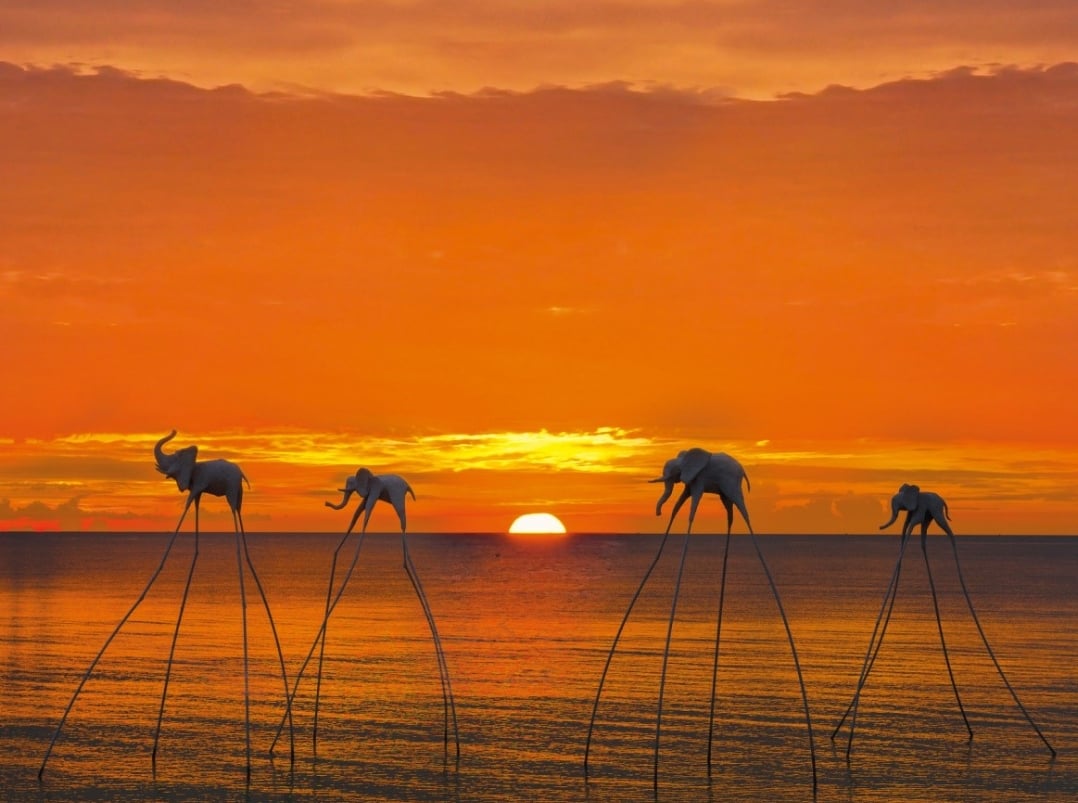
In addition to unwinding on the beach, Phu Quoc offers a variety of activities for visitors. For sightseeing, tourists traveling to Phu Quoc in January can enjoy island hopping in the An Thoi Archipelago and visit attractions such as the Ham Ninh Fishing Village, Ho Quoc Pagoda, and Phu Quoc Prison Museum. To experience the vibrant nightlife of Phu Quoc, head to the Phu Quoc Night Market, located on Vo Thi Sau Street. Open daily from 6 pm to 11:30 pm and becoming the most vibrant around 8 pm, the night market features more than 100 stalls divided into 2 zones: Zone 1 is where you can savor Phu Quoc’s fresh seafood and local dishes, while Zone 2 is the perfect place to find Phu Quoc specialties for gifts and souvenirs.
>> Read more: Phu Quoc: Must-sees for a first trip to Vietnam
Advice for tourists traveling to Vietnam in January
Here are several things to keep in mind if you are traveling to Vietnam in January:
Book your tickets and accommodations in advance: As January is one of the high tourist months in Vietnam, especially in the southern part of the country, make sure to book your tickets in advance to avoid disappointment. Travel costs, including prices for accommodations, flights, and services, might witness a light increase in January, in particular during the Tet holiday. Therefore, it’s essential to make your booking early to benefit from the best price and availability.
Pack the essentials: As Vietnam’s climate varies by region, if you plan to go on a Vietnam tour in all 3 regions, pack a light jacket or sweater for the north and breathable clothing for the warmer south.
Regarding Tet: While January can be considered the best month to explore Vietnam's culture through its most important festival of the year, be aware that many attractions and services might close for a few days around Tet. To avoid any disappointment, prepare some alternative activities or ask your travel consultant for the best advice.
Related articles:
>> Vietnam Tour 2024-2025: Where to go? Which itinerary? What to do? How many days?
>> Best Time to Visit Vietnam: A detailed weather guide
>> 15-day Vietnam Tour: Travel itineraries for all types of traveler
 Español
Español Français
Français







.jpg)
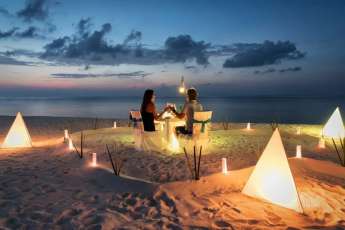
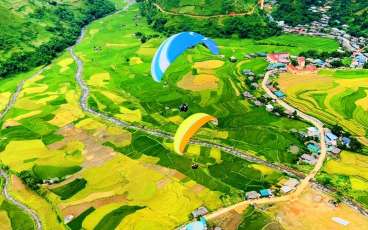
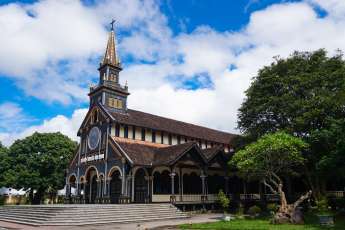
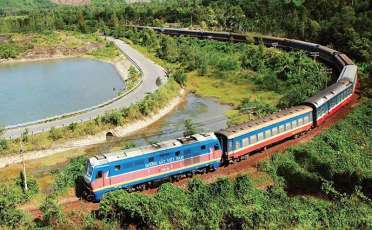
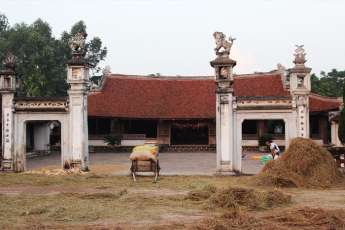







HerbertPhomaMS
on Oct 19, 2025Lilyan Cuttler
on Oct 15, 2025Avenue17XC
on Sep 14, 2025Avenue18JL
on Jul 21, 2025Judi Haigh-Smith
on Jun 29, 2025